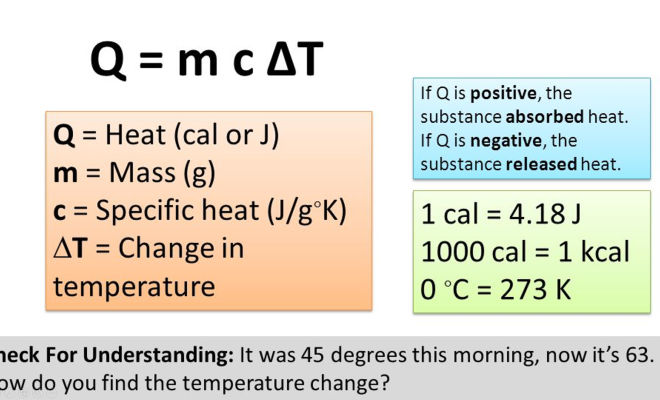How to calculate margin of safety

In the world of investing and financial analysis, the margin of safety (MOS) is an essential metric that helps assess the risk involved in a particular investment. Simply put, it is the difference between the actual value of a stock and its current market price. By calculating and considering the margin of safety, investors can quantify the potential downside risk in their investment decisions. In this article, we will explore what margin of safety is, its significance, and how to calculate it.
What is the Margin of Safety?
Margin of safety is a concept introduced by legendary investor Benjamin Graham in his classic book, “The Intelligent Investor.” It acts as a buffer to protect investors from potential market fluctuations and uncertainties. The idea is to invest in stocks trading at a discount to their actual value. This discounted price provides a cushion against any adverse situations that might arise in the stock or its underlying business.
Why is Margin of Safety Important?
Margin of safety allows investors to protect their investments from any negative impact caused by deteriorating business conditions or economic downturns. It also allows gauging how much room a company’s stock price has for appreciation before it reaches its intrinsic value. By investing based on MOS, investors can potentially limit their losses and maximize returns when the market eventually recognizes the true value of the stock.
How to Calculate Margin of Safety
Calculating margin of safety involves two steps:
1. Estimating Intrinsic Value: The first step in calculating MOS involves determining the intrinsic value of a company’s stock through assessing its financial performance, growth prospects, competitive advantages, risks involved, and other relevant factors. A common method for estimating intrinsic value is Discounted Cash Flow (DCF) analysis.
2. Finding Margin of Safety Percentage: With an estimated intrinsic value, we can calculate the margin of safety percentage using this formula:
MOS% = [(Intrinsic Value – Current Market Price) / Intrinsic Value] * 100
Let’s take a hypothetical example to understand the calculation of margin of safety:
Estimated Intrinsic Value of Stock XYZ: $50
Current Market Price of Stock XYZ: $35
Margin of Safety Percentage (MOS%) = (($50 – $35) / $50 ) * 100 = 30%
In this example, we’ve calculated a margin of safety of 30%, which indicates that the stock is trading at a considerable discount to its intrinsic value. Investors following the principles of value investing prefer investments with higher MOS% since they provide more downside protection and upside potential.
Conclusion
The concept of margin of safety protects investors from potential losses by investing only in stocks that are trading at a significant discount to their intrinsic value. It helps mitigate downside risks resulting from unforeseen events while offering opportunities for appreciating returns as the market recognizes the stock’s true value. By understanding and incorporating margin of safety in their investment decision-making, investors can build a more resilient and profitable portfolio.






